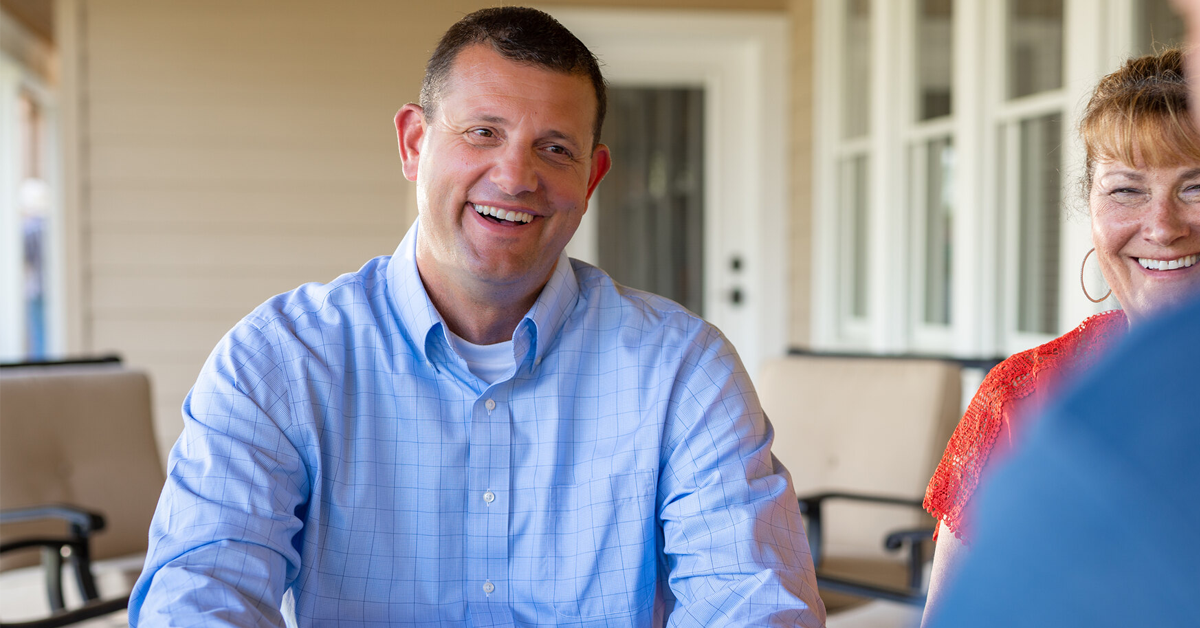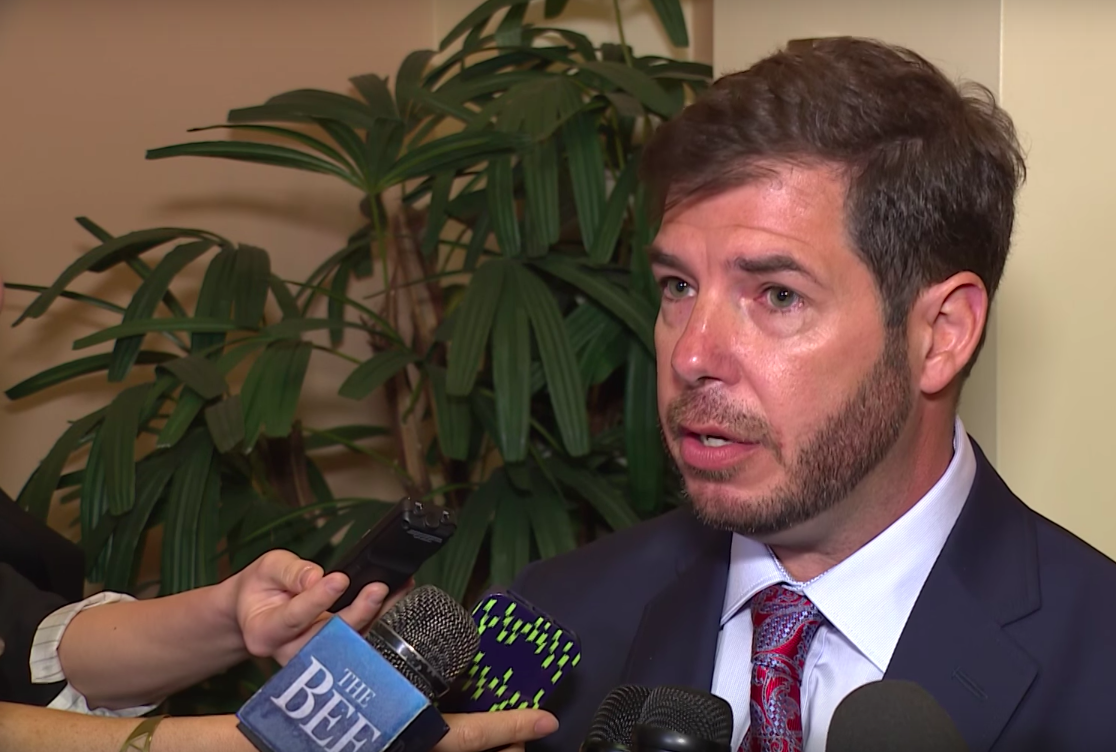Bless the folks at Fresno’s Public Works Department. They want to do something about all those roadway and lane closures that drive motorists crazy.
The City Council on Thursday will debate a proposed revision to the city’s roadway/lane closure policy. The aim isn’t to harass companies and developers doing important infrastructure work. The aim is to strongly encourage companies and developers to play by the rules, work swiftly, then pick up those safety cones so the movement of traffic can once again return to normal.
Because, as the staff report from Public Works Assistant Director Andrew Benelli makes clear and the actual experience of motorists affirms, various types of closures routinely gum up the traffic flow on many Fresno streets.
City Hall has always known this possibility exists.
“At times the work (by developers, etc.) may necessitate a full road closure or lane closure of a major roadway,” Benelli writes. “The adopted City of Fresno Standard Specifications include provisions for liquidated damages of $1,000 per day if the street is not reopened in a timely manner, which has been effectively utilized on some development projects to create an incentive for efficient completion of the work.”
To close a road or a lane for infrastructure work, an applicant must get a street work permit and provide a security deposit. The deposit is a promise to reopen the road/lane within a specified period of time. The street work permit is supposed to include a signed agreement that the applicant will proceed with all due dispatch.
Benelli writes that this system can work. He cites recent work on Shepherd Avenue between Chestnut and Willow avenues by a commercial developer and the widening of the bridge at Temperance Avenue/Gould Canal as examples.
“In these two cases, the developer successfully completed the work and the deposit was returned,” Benelli writes.
Benelli then transitions to one of my favorite words in staff reports – “However.”
“However,” he writes, “without a consistent policy for all situations, there have been projects where the work proceeded without a security deposit or agreement, and the developer required several months beyond their originally approved length of closure.” (My emphasis.)
What’s the problem? Benelli writes that the applicant sometimes doesn’t coordinate with PG&E and other utilities. At other times, there’s a “lack of diligent progress by the applicant’s contractor.”
It is to the credit of Assistant Director Benelli and Public Works Director Scott Mozier (who approves all staff reports crossing his desk) that the public gets a real world example of a roadway/lane closure screw-up.
We’re talking about the Bullet Train project.
Benelli notes that the Downtown crossings of Mono, Kern and Tulare streets have been closed for more than a year.
Benelli writes: “The City of Fresno approved these closures at the request of the California High Speed Rail Authority and their design-build contractor, which were deemed urgent requests by the Authority with a commitment from the design-build contractor that construction would begin quickly. Due to lack of approval or permits from Union Pacific Railroad, the construction associated with these crossings has not commenced.”
Another example: City Hall was told it would take 10 months to build a new Tuolumne Street bridge as part of the Bullet Train project. It actually took almost 19 months to do the job and reopen that portion of Tuolumne to traffic.
“These types of closures can create adverse impacts to the traveling public and local businesses,” Benelli writes.
The proposed changes to the roadway/lane closure policy are aimed at minimizing similar problems elsewhere in the city.
Benelli writes that key components of the new policy include:
- A detailed work schedule;
- A required pre-construction meeting;
- The securing of all necessary approvals for the work prior to the closure;
- A requirement for due diligence of the applicant in completing the work;
- A deposit to secure the reopening of the roadway within the approved time frame;
- Certain requirements regarding changeable message boards to alert the public to the closure, and “alternate routes where appropriate.”
Benelli packs a lot in a two-page report about the life and times of Fresno’s roadways. Let me give you a brief and personal example of the impact of roadway or lane closures on small neighborhoods. I emphasize at the outset that my example is in no way a reflection on the adherence to city rules by the company/developer doing this particular work. I trust every rule was followed to a T. My point is to merely show what can happen when a busy street goes on a temporary “road diet” due to infrastructure work.
I live on the north edge of Fig Garden Financial Center. Next to the Financial Center is Fig Garden Village. Palm Avenue to my west is a four-lane street, two lanes northbound, two lanes southbound. Maroa Avenue to my east is a four-lane street, two lanes northbound, two lanes southbound.
It’s a nice neighborhood of single-family houses, condos and apartments. The Assemi family plans to develop several of the neighborhood’s vacant lots.
There is a winding connection between Palm and Maroa. It involves San Ramon, Colonial and San Jose avenues. My wife and I have lived in our house since 1994. I won’t say we’ve gotten used to motorists cutting through the neighborhood from one major street to the other. But the number of cars doing so usually is bearable.
On Saturday one of Palm’s northbound lanes was temporarily closed for infrastructure work. I don’t know the nature of the work. I just know that the lane was closed from San Ramon to Bullard Avenue.
Saturday is a busy time in the area, with lots of traffic into and out of Fig Garden Village and the Financial Center (which includes a popular Bank of America branch).
It didn’t take long for the northbound traffic on Palm to back up a considerable distance at a red light at Bullard.
I took our pug, Cody, for a walk on Saturday. In the quarter-mile stretch of San Jose from Colonial to Nantucket Avenue (a short distance from Maroa), we were passed by 33 cars heading to Maroa. I’m talking about a five-minute walk. Some of the cars may have been neighbors heading out for Saturday chores. Judging by the speed of the 33 cars, I’m guessing most, if not all, were motorists cutting from Palm to Maroa to avoid the sudden bottleneck on Palm.
More than half of that two-lane stretch of San Jose traveled by Cody and me is without sidewalks. It wasn’t one of our better walks.
The work on Palm was done by the afternoon. The lane reopened. The traffic pressure on my neighborhood was relieved.
But those 33 cars are just one small example of the challenges to civic life posed by temporary lane closures. I haven’t touched on what it’s like to be a motorist stuck in a long wait to get through a red light far in the distance. I haven’t touched on air quality. I haven’t touched on the occasional company/developer who abuses the privilege of temporarily closing a public right-of-way, and doing so without being held accountable to the public by name.
The City Council on Thursday has an opportunity to explore an important issue to voters.







